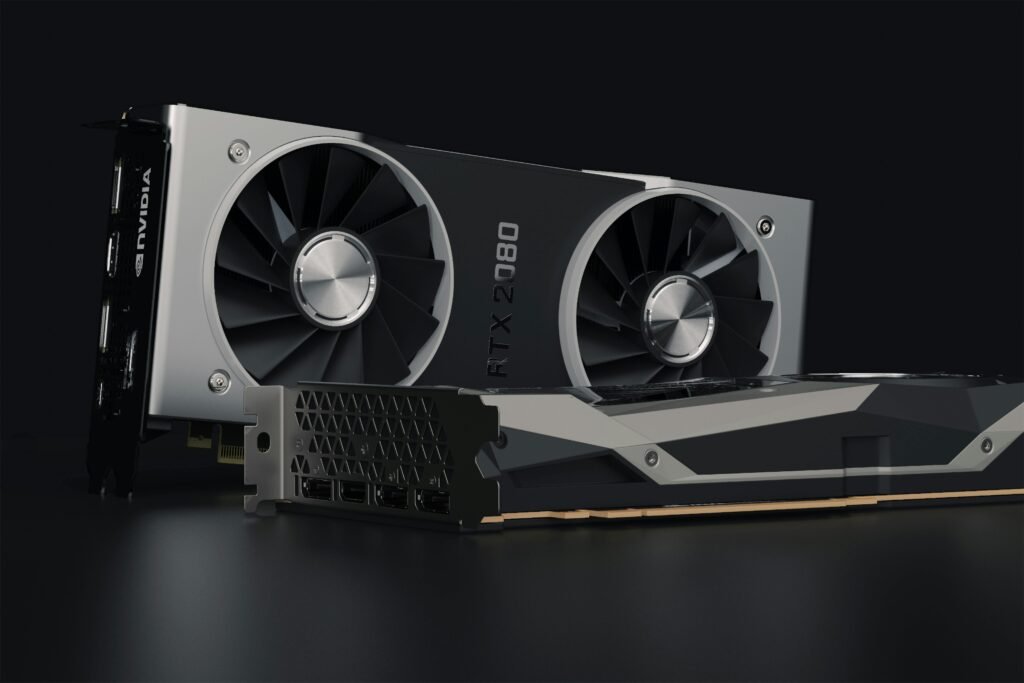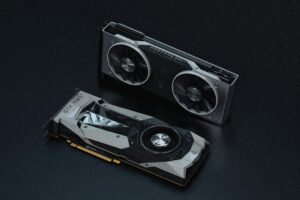A Brief History of NVIDIA, AI, and GPUs

A Trailblazing Journey: The Dawn of AI and GPUs
The story of AI chips is one of relentless innovation and groundbreaking achievements. From the primitive CPUs of the 1970s to the labyrinthine complexity of modern GPUs, this journey has been marked by a series of quantum leaps in technology. Among these marvels, NVIDIA stands out as a colossus, driving forward the field with its cutting-edge GPUs.
In the early 2000s, GPUs, primarily used for rendering graphics in video games, were recognized for their potential in parallel processing. This revelation opened a Pandora’s box of possibilities. NVIDIA, under the visionary leadership of Jensen Huang, capitalized on this by transforming GPUs into versatile processors, suitable for the intricate computations required in AI.
Milestones in GPU Evolution: Processing Power Unleashed
- GeForce 256 (1999): Dubbed the world’s first GPU, it revolutionized 3D gaming.
- Tesla Series (2006): Marked NVIDIA’s foray into non-gaming applications, bolstering complex simulations.
- Fermi Architecture (2010): Introduced CUDA, NVIDIA’s parallel computing platform, enhancing AI algorithm efficiency.
- Pascal Architecture (2016): Brought significant advancements in energy efficiency and computational capacity.
With each iteration, NVIDIA GPUs have offered exponentially more processing power, enabling advanced applications like deep learning and real-time ray tracing.
The H200: A Technological Behemoth
The NVIDIA H200 represents the pinnacle of this evolution. With its staggering processing capabilities, it has set new benchmarks in AI performance. The H200 boasts an unprecedented number of transistors, delivering computational speeds that were once the stuff of science fiction. Its ability to process vast datasets in mere seconds is a testament to NVIDIA’s engineering prowess.
The Edge of Innovation: Applications and Impacts
NVIDIA GPUs have been instrumental in pivotal AI breakthroughs. From powering autonomous vehicles like Tesla’s self-driving cars to enabling complex climate modeling, they have been at the forefront of technological advancement. In healthcare, NVIDIA GPUs are used for genome sequencing and drug discovery, revolutionizing medical research.
Valuation and Market Dominance
NVIDIA’s market valuation reflects its technological dominance. With a robust stock performance and a significant share of the AI chip market, NVIDIA has become synonymous with AI hardware innovation. Its financial metrics are a clear indicator of its impact and future potential.
Looking ahead, the AI chip market is poised for exponential growth. NVIDIA’s ongoing innovations suggest a future where AI is increasingly ubiquitous, driving advancements in various sectors.


















